

Assignment 11
by
Jackson Huckaby
Polar Equations
We are going to first investigate r=a+bcos(kθ)
In the first case we will have a and b equal, with k an integer, this is the textbook version of the "n leaf rose."
![]()

Testing different values of k, we will use 1,3,7,10
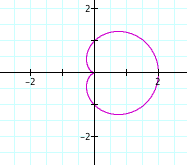
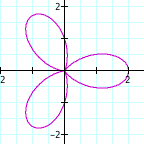

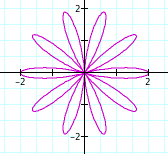
What we notice is that the value of k determines the number of 'petals' that our graph has.
Compare this graph to r=bcos(kθ)
![]()
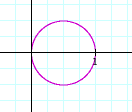
Testing different values of k again we use 1,3,7, 10.
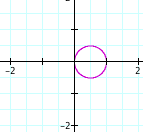

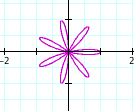

We think that the same pattern is holding true until we test k=10.
SO what has changed?
The best way to see what is going on will be to open this file and explore the different slider values.
When we do this we are noticing that when k is an odd integer than it can be used to determine the number of petals.
However when k is an even integer then we have twice as many rose petals.
Or: # of petals=2k for all even integers
# of petals=k for all odd integers
But what if we replace the cos with sin?
![]()
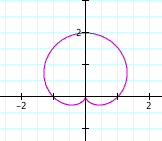
Our petal has rotated 90 degrees counterclockwise.
We can use the sliders to see here that our # of petals is equal to our value for k like before.
So what about our second equation?
![]()

Once again our graph has been rotated, and the same can be true for the values of k as previously discussed.
View this here.
Return home here.